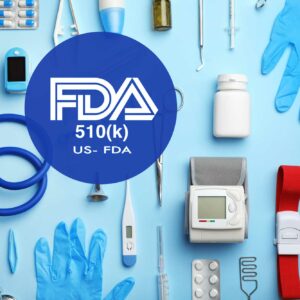FDA’s Regulation of OTC Hearing Aids vs. PSAPs
Last fall, FDA released its final rule establishing a regulatory category for Over-the-Counter (OTC) hearing aids, pursuant to FDA’s Reauthorization Act of 2017. The agency’s final rule allows adults ages 18 and older with perceived mild to moderate hearing loss to purchase air conduction hearing aids without a medical exam, prescription, or a fitting adjustment by an audiologist. Hearing aids for children under age 18 and adults with higher levels of hearing loss still require a prescription and are regulated by the FDA as prescription devices.
FDA’s regulation of OTC and prescription hearing aids are intended to provide consumers with access to safe and effective hearing aids that meet labeling, performance, design requirements and special controls. The agency reported that more than 30 million Americans have difficulty hearing. Lawmakers were enthusiastic about the move, commenting that the availability of hearing aids over-the-counter will provide lower cost hearing aid options, boost competition, and also turn down the volume on companies who are not approved to sell hearing aids but effectively do so by marketing “personal sound amplification products” (PSAP), which are generally considered electronic products outside FDA’s earshot.
In terms of FDA regulatory classification, apart from the OTC hearing aid category, hearing aids are medical devices. The products may be classified as Class I devices, exempt from premarket notification (510(k)), Class II devices, subject to premarket notification (510(k)) and compliance with special controls, or Class II devices that are exempt from premarket notification, subject to required special controls. PSAPs on the other hand, are generally intended for non-hearing-impaired consumers to amplify sounds in certain environments (e.g. hunting, bird watching, and other recreational activities) and are not intended to assist individuals with impaired hearing. Accordingly, PSAPs are not devices and are not regulated by the FDA.
The distinction between PSAPs and hearing aids is a back-to-basics review involving assessing the intended use of each product to determine whether the product is a device or solely an electronic product. A product’s intended use refers to the “objective intent” of the parties labeling and selling the product. This objective intent can be shown by oral or written statements, labeling claims, the product’s design or composition, or how the product is distributed (e.g. suggestions that the product is an alternative to a hearing aid, or that the product is for users with certain types or severity of hearing loss/impaired hearing).
For companies who are intending to sell PSAPs, to avoid FDA scrutiny, it may be helpful to have a statement on file supporting the product’s position as solely an electronic product. And for companies selling OTC hearing aids, listen up… and comply with the terms of the final rule!


